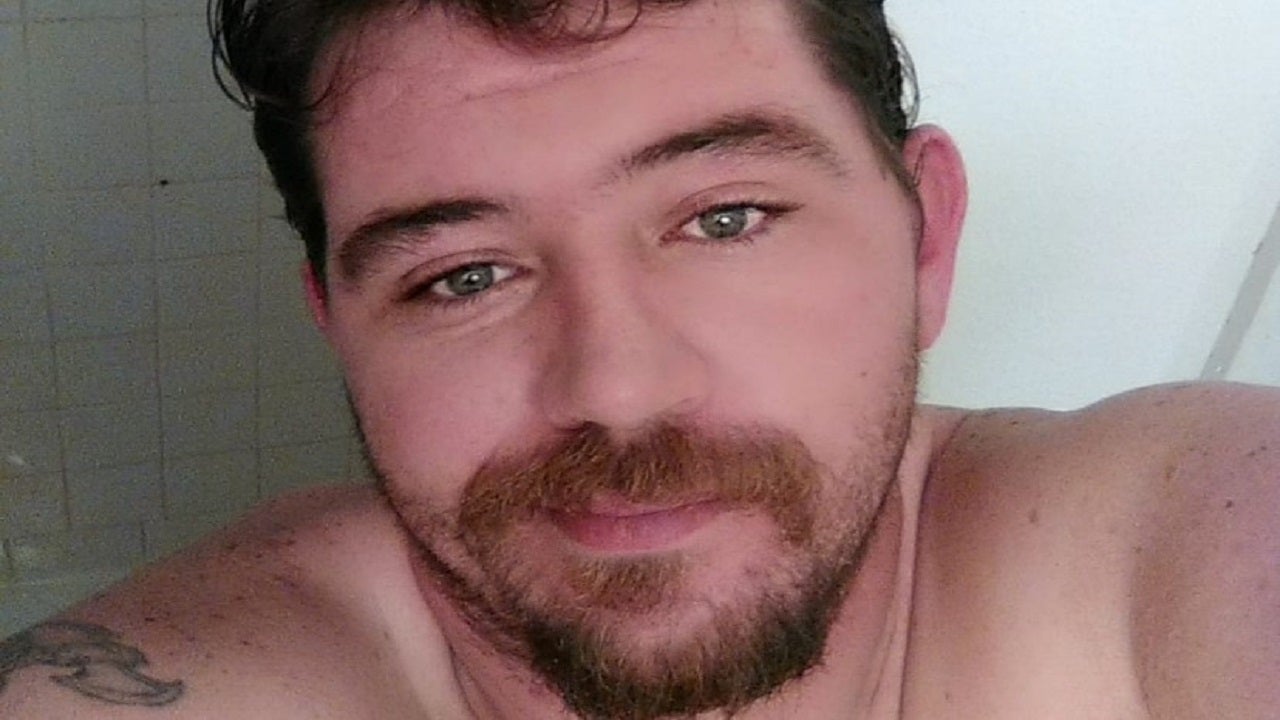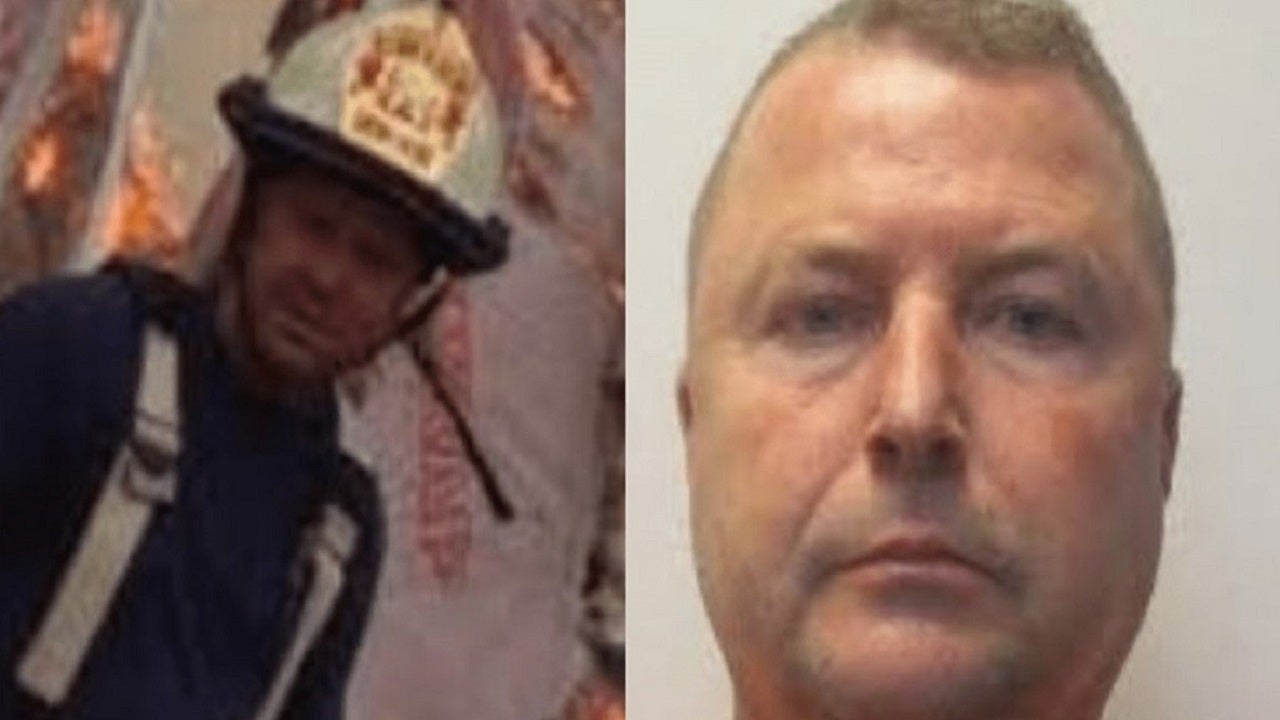Investigators identified the Jane Doe as Clare Antonia Dvorak, who was born in 1907, and have labeled her death a homicide.
DNA tests have helped solve the identity of a Jane Doe found in the Indio, California, in the Coachella Valley 30 years ago, but questions remain as to what happened to the woman discovered in a shallow grave, leading authorities to try and solve a bigger mystery.
In March 1994, hunters discovered human remains that had washed up due to recent rains in the area, according to reports.
Authorities determined that the remains were that of a white female, likely between the ages of 70 and 85 years. The woman had thin white hair and wore a disposable diaper and a pink robe. No identifying information for the woman was available. It was determined that the woman’s manner of death was homicide.
A composite sketch was made and released to the public in hopes that it would generate new leads about the woman's identity. However, it remained a cold case and the Jane Doe’s identity went unknown until recently.
In 2021, the Riverside District Attorney's Office submitted forensic evidence to Texas-based DNA lab at Othram, who used Forensic-Grade Genome Sequencing to generate a comprehensive DNA profile for the woman.
Colby Lasyone, chief of staff at Othram, tells Inside Edition Digital the company “is an organization purpose-built for forensics, and we work with law enforcement agencies, medical examiners, coroner's offices, to help to identify individuals who have been unidentified. Those individuals can be unidentified human remains, or we may be working a criminal case where we're looking to identify a perpetrator of a crime.”
The profile of the Jane Doe created by Othram was delivered to the Riverside District Attorney's Cold Case Team, who used it to perform a genealogical search to develop new leads in the case, which ultimately led investigators to identify the woman as Clare Antonia Dvorak, who was born in 1907.
The victim was born in Chicago to German immigrant parents and in 1939 married Joseph Dvorak. The couple had two children, Donald and Joanne, and moved to Pinellas County, Florida, to work as farmers, according to SF Gate.
After living in Florida for an unknown number of years, the family moved to Arizona, where the patriarch died in Scottsdale in 1986, SF Gate reported.
After Joseph’s passing, Clare moved to a home in the Coachella Valley and this is the abode where she appears to have disappeared from, SF Gate said.
Dvorak was never officially reported missing, according to SF Gate.
Lasyone says that beyond what has been reported about Dvork’s life and death, “that's what I know about her case, her story. It's limited information. Of course there's other information that's out there in the media that you'll read, but we didn't do any genealogical work.”
Lasyone says that once Othram’s scientists determine it is a case they can take on, like Dvorak’s, “we receive a couple of different evidence in a couple of different formats … we can receive skeletal remains, we can receive tissue, blood. But the goal is in all those instances, that you need to extract DNA from that material.”
“In this particular case, we received already extracted DNA … So the first thing that we do when we receive extracted DNA is we perform a suitability analysis and that suitability analysis helps us to measure the properties of the DNA, the quantity of it, the quality of it, if there are contaminating factors such as bacteria ... Remains in the environment are going to be exposed to the elements, there's going to be bacteria, there could potentially be chemicals present.
“In this particular case, with Clare Dvorak's extracted DNA ... we were confident that we'd be able to build a DNA profile. After that suitability analysis is complete, we advance the case into forensic grade genome sequencing. So forensic grade genome sequencing is a proprietary methodology, developed by Othram, and it's what we use to build ultra-sensitive DNA profiles," he adds.
Once her DNA is sorted and sequenced, he says it is uploaded to a database that law enforcement officials use and from there they can determine who the Jane Doe was and who they are related to.
“We took the evidence, and from its physical format, we extracted genetic information from it through the development of the DNA profile. And that DNA profile was the key, if you will, all the puzzle pieces. A DNA profile, it's meaningless when you look at it on a screen … And it's meaningless without some analytical tools and interpretation. It's like handing back the puzzle pieces, un-assembled,” he adds.
While authorities have an identity to this body they have labeled Jane Doe for 30 years, they must figure out how someone at her age was killed, why she was killed and who did it. Which now creates a whole new level of mystery for authorities.
Inside Edition Digital has reached out to both Riverside District Attorney's Cold Case Team and Riverside Sheriff’s Office for comment and more information and has not heard back.
Attempts made by Inside Edition Digital to find Dvorak’s next of kin were unsuccessful.
The identification of Clare Dvorak marks the fourth Jane Doe publicly identified in Riverside County and the 34th public identification made in California utilizing Othram’s technology.






